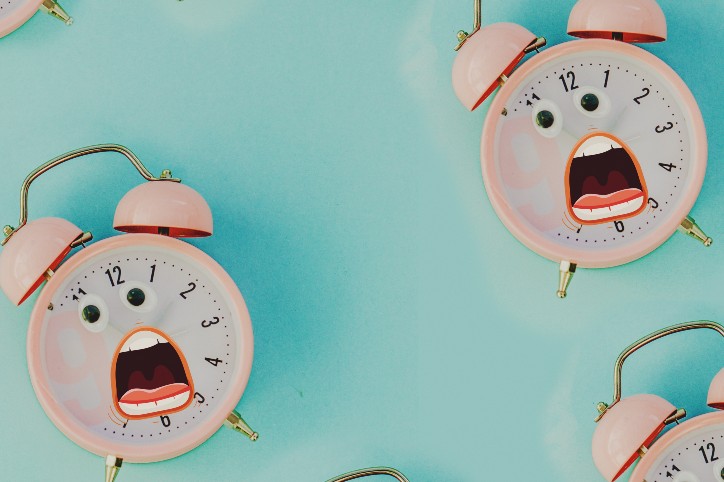Whether you have a baby, toddler or child odds are you’re worried about adjusting to daylight savings and how that will impact your little one – and your! – sleep.
Janey Reilly, founder of WeeSleep is here to save the day with her expert tips.
Keep reading to find out how to seamlessly jump into the new time.
Adjust Your Child’s Naptime Schedule
“Your carefully crafted bedtime routine and schedule doesn’t need to be taken back to the drawing board. The day of the change, and for 3 days after, bump nap times and bedtimes forward by 30 minutes. If your child’s first nap is 9 am, bump to 9:30 am. If their bedtime is 7 pm, bump to 7:30 pm. Do this for 3 days and then jump back to regular times.”
Recognize if your child is having sleeping issues that go beyond adjusting to time changes
“Sleep is important for our babies, and for the entire household. This year, don’t fear. Instead, use daylight savings as a time to reflect on your family’s sleep patterns, what’s working, and what isn’t. Save the spring in your step with sleep. If you are struggling, set up a 15 minute consultation call with a sleep consultant at WeeSleep.”
Blackout blinds
“These are great in kids’ rooms for keeping the sun out and creating a nice dark room, even when it’s still light out.”
Sound machines
“These set to white noise are also helpful in blocking out the singing morning birds that are up at the crack of dawn. They may sound happy and beautiful but the sound of your crying child at 5 am because of them, may not be so beautiful!”
Toddler alarm clocks
“These can be a great tool for setting desired sleep and wake times. The clock can make it easier for a child over three years old who can comprehend and be able to follow a schedule and clock cues.”
Don’t Panic!
“Please remember that even if you make a plan ad feel on top of things, it may not quite go according to schedule and that’s OK! Take a breath and keep it simple by keeping to a steady daily routine, most children will naturally adjust to the time change within a week or so.”
